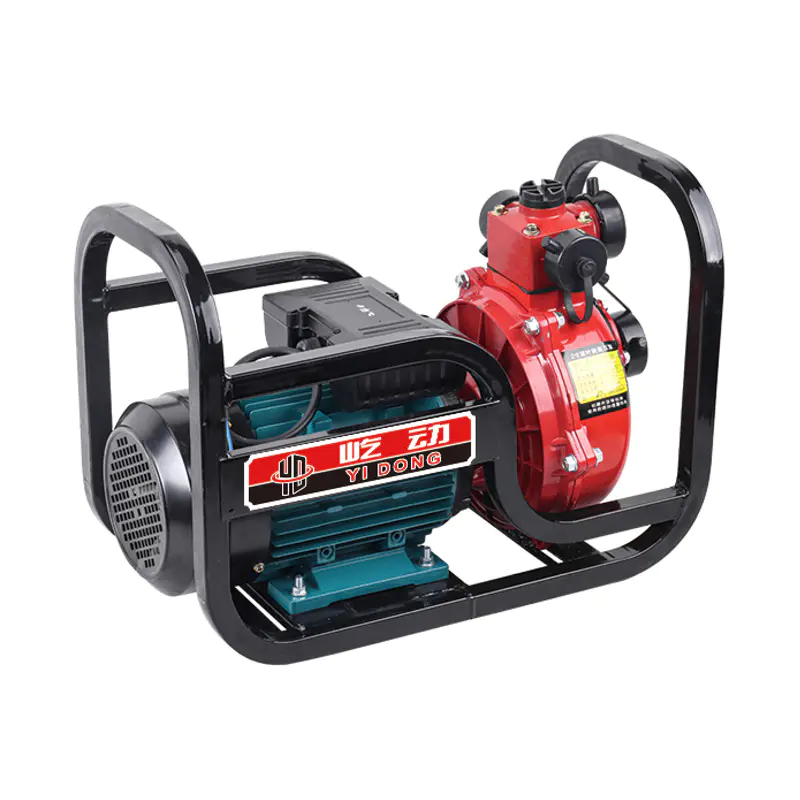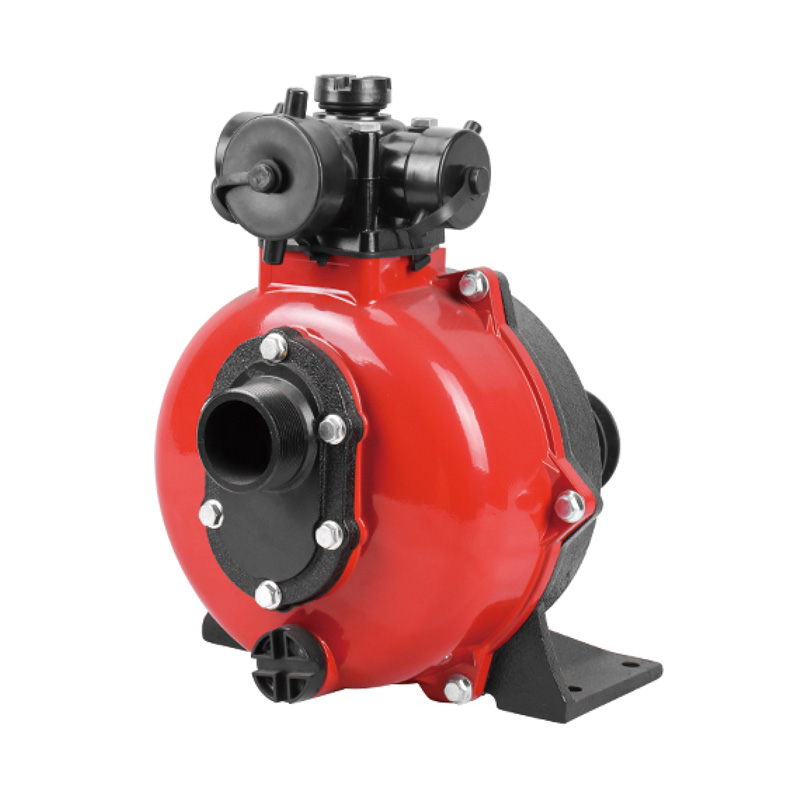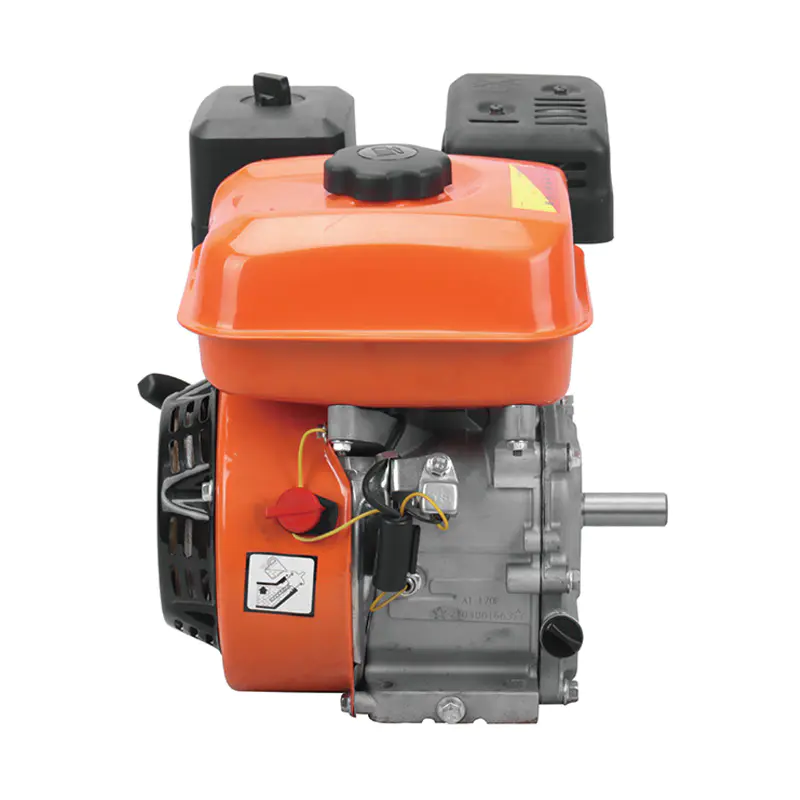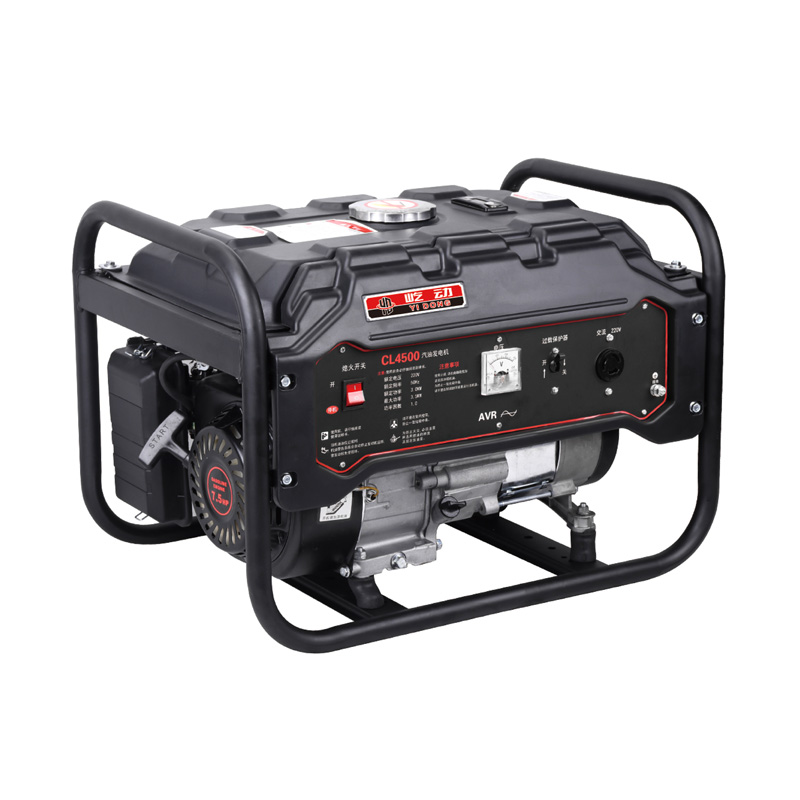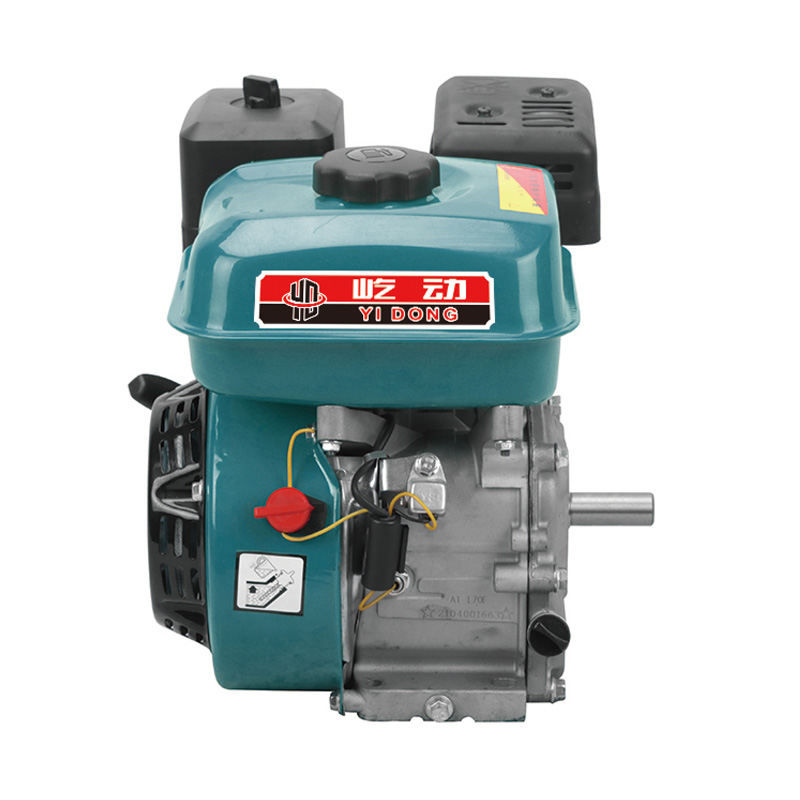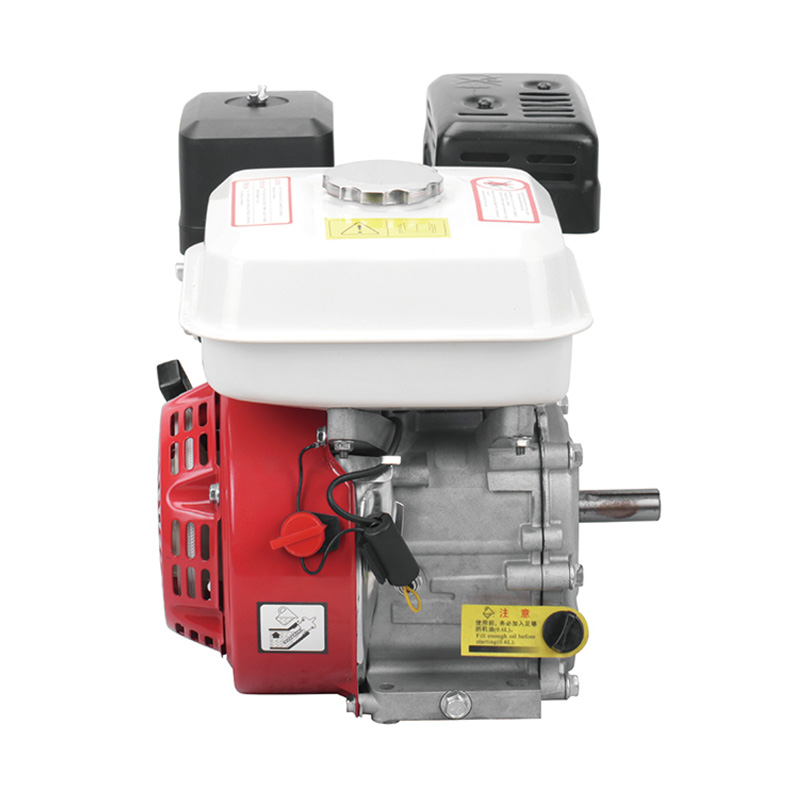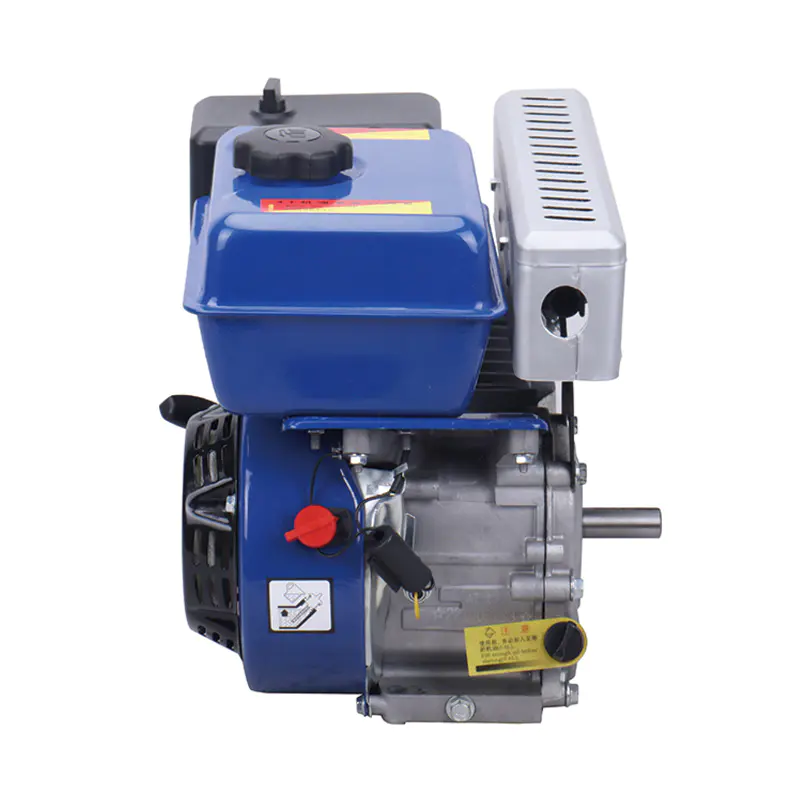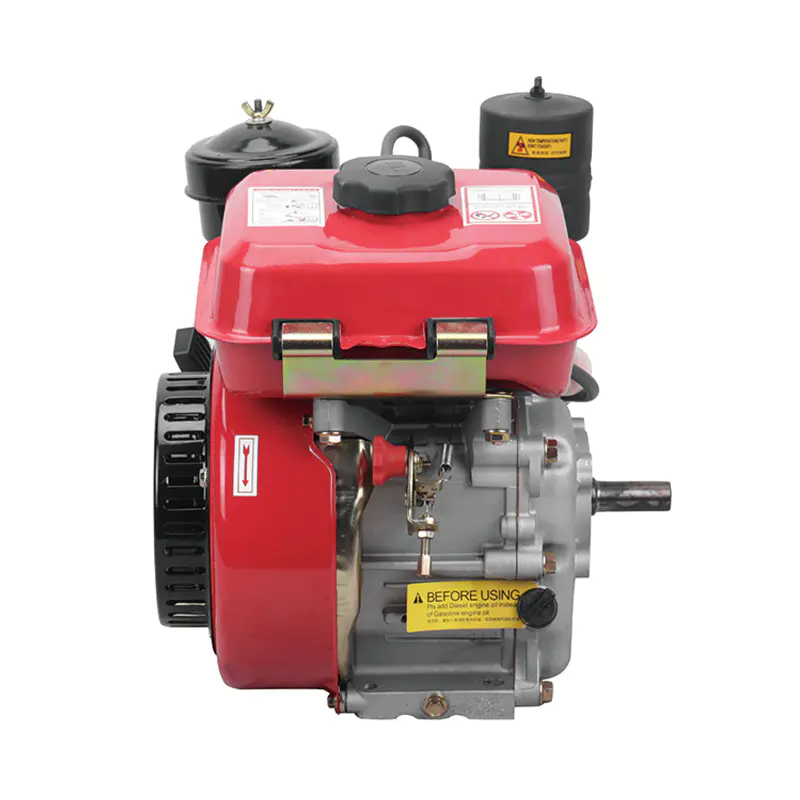High pressure diesel water pumps are widely used in agriculture for irrigation, drainage, and water supply applications. These pumps are valued for their robust construction, high flow capacity, and ability to operate independently of electricity, making them suitable for remote or off-grid locations. While these pumps are durable and reliable, questions often arise regarding the ease of repair and maintenance. Understanding the factors involved in repairing a high pressure diesel water pump can help farmers and technicians ensure continuous performance and extend the equipment’s lifespan.
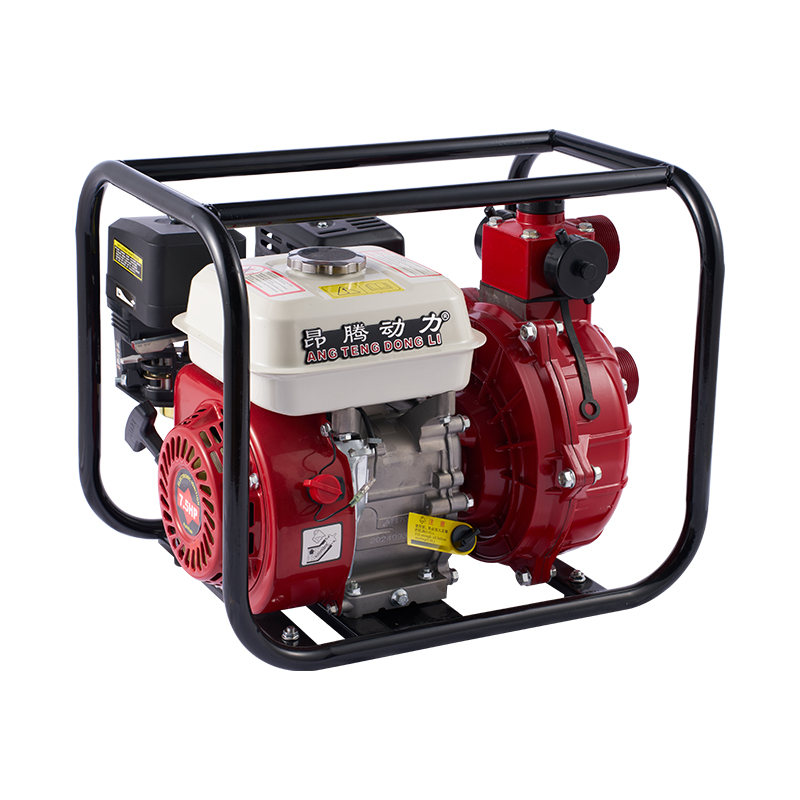
Components and Complexity
High pressure diesel water pumps typically consist of several key components: the diesel engine, pump casing, impeller, shaft, bearings, seals, and valves. Each part plays a crucial role in delivering water efficiently under high pressure.
1. Engine Considerations: The diesel engine is the driving force of the pump. Repairing the engine involves standard diesel maintenance practices such as inspecting fuel injectors, changing oil, checking filters, and examining the cooling system. Familiarity with diesel engines makes this part of the repair relatively straightforward for trained technicians.
2. Pump Mechanism: The pump portion, including the impeller, shaft, and bearings, is designed to withstand high pressure and abrasive water conditions. Over time, these components may experience wear or misalignment. Repairing or replacing these parts requires careful disassembly, precise measurements, and knowledge of pump tolerances.
3. Seals and Valves: Mechanical seals prevent water leakage and maintain pressure. Worn seals or valves can be replaced with proper tools and parts. While this task is more delicate than general engine maintenance, it is manageable with appropriate guidance.
The complexity of repairs largely depends on the extent of wear and the availability of spare parts. Standard maintenance tasks such as seal replacement, impeller inspection, and lubrication are typically straightforward, while extensive repairs like engine overhaul or shaft realignment require more expertise.
Tools and Skills Required
Repairing a high pressure diesel water pump requires basic mechanical tools such as wrenches, screwdrivers, and pliers, as well as specialized equipment like pressure gauges, alignment tools, and torque wrenches. Technicians should have a basic understanding of diesel engines, pump operation, and fluid mechanics.
Many farmers can perform routine maintenance, including cleaning, lubrication, and minor component replacement. For more complex issues, professional assistance ensures accurate repair and prevents potential damage to critical components. Training and familiarity with the pump model significantly reduce repair difficulty.
Maintenance and Preventive Practices
Preventive maintenance is key to reducing the difficulty and frequency of repairs. Regular inspection of seals, bearings, and impellers helps detect wear before it affects performance. Monitoring engine oil, fuel quality, and cooling systems ensures smooth operation.
Using high-quality replacement parts and following manufacturer-recommended procedures extends the pump’s lifespan and minimizes downtime. Proper installation, correct alignment, and maintaining consistent operating conditions also reduce the risk of component damage, making repairs simpler and less frequent.
Advantages of Repairability
Despite its high pressure and mechanical complexity, a diesel water pump can be repaired efficiently with the right knowledge, tools, and parts. The pump’s design often allows modular replacement of worn components, such as seals, bearings, and impellers, without needing to replace the entire unit.
Additionally, many manufacturers provide detailed maintenance manuals, technical support, and spare parts, making it easier for operators to carry out repairs. This accessibility contributes to the overall cost-effectiveness and long-term usability of high pressure diesel pumps in irrigation systems.
Repairing a high pressure diesel water pump for irrigation is not inherently difficult, but the level of complexity depends on the specific component and type of repair. Routine maintenance tasks like seal replacement, lubrication, and minor component inspections are relatively straightforward. More extensive repairs, such as engine overhauls or shaft realignment, require technical knowledge and specialized tools. By following preventive maintenance practices, using quality parts, and understanding the pump’s operation, operators can ensure efficient, long-lasting performance and reduce the time and effort required for repairs. High pressure diesel water pumps remain a reliable and practical solution for agricultural irrigation when proper care and maintenance are observed.



 English
English русский
русский Français
Français Español
Español عربى
عربى